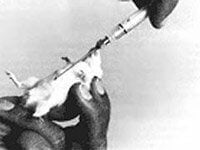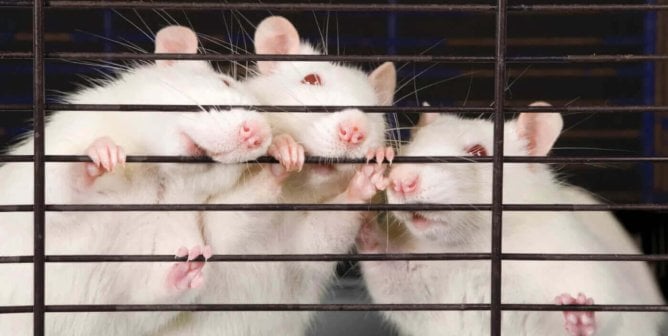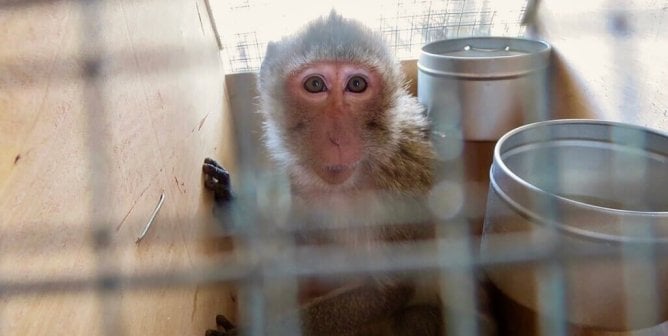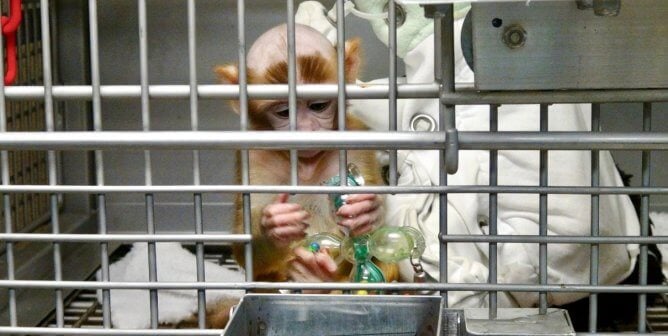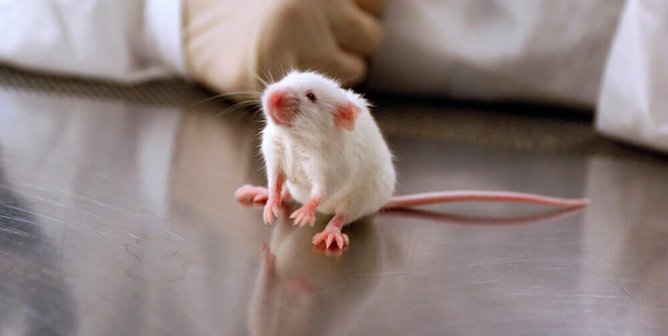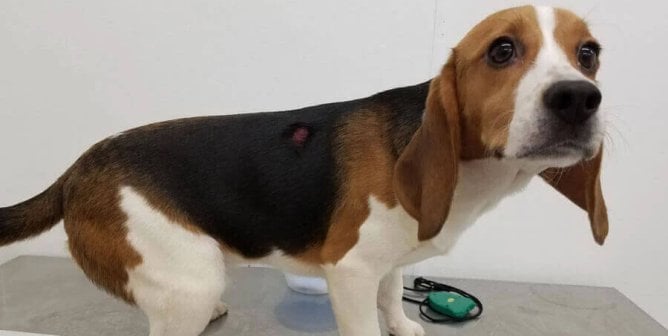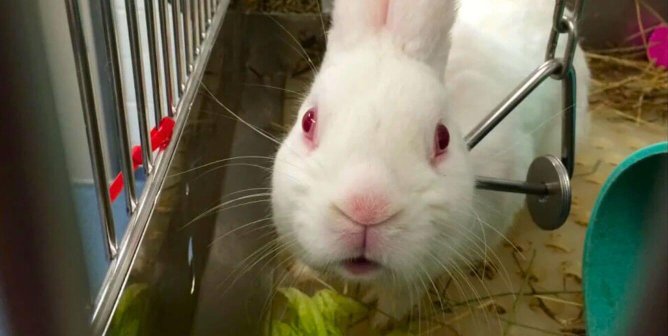Industrial Chemicals
Industrial chemicals are a broad class of tens of thousands of chemicals found in consumer products and industrial processes. These chemicals are used in oil and gas industries, paper production, manufacturing and construction, fertilizers and pesticides, detergents and soaps, and many other areas.
The regulatory agency overseeing industrial chemicals in the U.S. is the Environmental Protection Agency (EPA) Office of Pollution Prevention and Toxics (OPPT). Enacted in 1976, the Toxic Substances Control Act (TSCA) provides the EPA with the authority to require reporting, testing, and restrictions relating to chemical substances. TSCA was updated in 2016 by the Frank R. Lautenberg Chemical Safety for the 21st Century Act. PETA scientists provided input on this amendment, and it includes language requiring the EPA to reduce and replace the use of animals in testing whenever possible.
PETA scientists work with the EPA and other agencies around the world to ensure the acceptance of scientifically sound, non-animal tests. For instance, PETA funds and leads projects that test chemicals using non-animal methods, showing how they can effectively predict the effects of chemicals on humans. PETA also organizes free training opportunities for scientists to learn about non-animal test methods and donates equipment to be used in animal-free tests. PETA scientists also review and comment on chemical test plans to replace the use of animals with reliable, non-animal tests whenever possible.
High Production Volume Chemical Testing Program—A History
Launched in 1998 by the EPA, the High Production Volume (HPV) Chemicals Challenge Program “challenged” the industry to voluntarily make baseline health and environmental effects data publicly available for nearly 2,800 chemicals produced or imported into the U.S. yearly in quantities of 1 million pounds or more. Although most of these chemicals were already known to be either safe or harmful to humans, this multiyear program would have required up to seven different animal tests for each chemical, potentially killing more than 3.5 million mice, rats, rabbits, guinea pigs, birds, and fish.
Immediately following the program’s inception, PETA launched a massive grassroots campaign and scientific initiative and negotiated an agreement among the U.S. animal protection community, the White House, and the EPA to minimize testing on animals. In the following years, PETA submitted public comments in response to every chemical test plan that had proposed the use of animals—hundreds of them—and worked with individual companies to further reduce the number of animals used in the program. Nevertheless, approximately 127,000 animals were killed during the program, but as a result of PETA’s efforts, this number was significantly lower than what had been initially planned.

